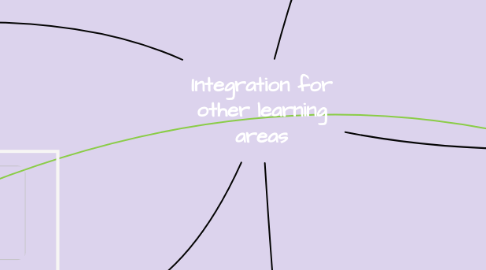
1. TECHNOLOGIES
1.1. Using Seesaw as students portfolio for science work and activities.
1.2. Google Earth field trip. Link on how to create one here.
1.3. Processes and production skills
1.3.1. Investigating and defining problem of an earthquake prone area to build structures that will survive a high magnitude earthquake. (Creative and Critical thinking skills also applied here)
2. THE ARTS
2.1. Media Arts
2.1.1. Explore and convey this using the technical, audio, symbolic and written codes of media.(ACAMAM063)
2.1.2. Uses narrative structures to create tension and engage an audience (ACAMAM064)
2.1.2.1. Create and plan a media interview using green screen talking to a seismologist about seismic activity and what it means for Australians
3. ENGLISH
3.1. Make connections between students’ own experiences and those of characters and events represented in texts drawn from different historical, social and cultural contexts (ACELT1613)
3.1.1. Students to write a news article/interview based upon the experiences of an individual in a recent earthquake.
3.1.2. Create a factual text as a formal write up for investigation outlining the specific variables, aims and procedures.
3.2. Understand the uses of objective and subjective language and bias (ACELA1517)
3.3. Investigate how vocabulary choices, including evaluative language can express shades of meaning, feeling and opinion (ACELA1525)
3.3.1. Students will investigate vocabulary choices for Mercalli and Richter scales as introduction to evaluative, objectives and subjective language choices.
4. HASS
4.1. Geography
4.2. Interpret information and/or data collected (e.g. sequence events in chronological order, identify cause and effect, make connections with prior knowledge)
4.2.1. Identify cause and effect of earthquakes. Examining the after effects economically, socially, politically and environmentally.
4.3. The location of the major countries of the Asia region in relation to Australia and the geographical diversity within the region (ACHASSK138)
4.3.1. Students look at major landforms created by seismic activity in Asia (Ring of Fire) e.g. the Himalayas, krakatoa
5. MATH
5.1. Interpret and compare a range of data displays, including side-by-side column graphs for two categorical variables (ACMSP147)
5.1.1. Create graphs displaying magnitude of earthquakes in other countries.
5.1.2. Calculate the mode, mean and median for earthquake data for Australia

